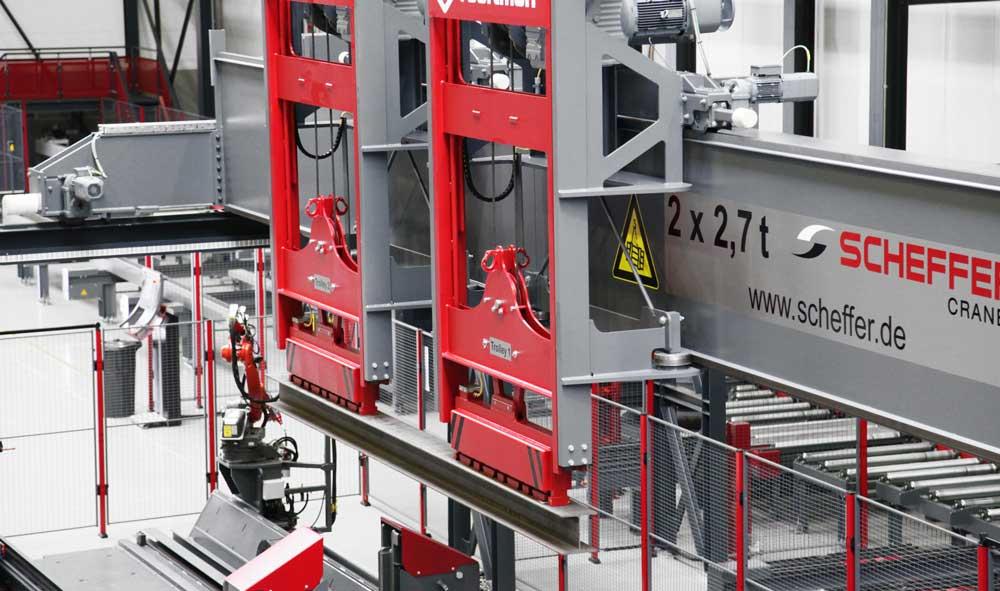

The most important ones are the need for fine dexterity-for example, when picking up small and delicate pieces-and the ability to make decisions rapidly to avoid obstacles without stopping production. Though cobots are developing rapidly, there are still challenges preventing them from being applied to the vast majority of manufacturing plants. Today, however, the market for industrial cobots has an annual growth rate of 50% and it is estimated that it will hit $3 billion in global revenue by 2020. Many plant managers saw them as a technological marvel but questioned the possibility to integrate them in an actual working environment. Like all revolutionary technology, cobots were initially met with significant skepticism by the manufacturing industry. These gave even small-to-medium-sized manufacturers the possibility to automate their facilities without investing in cost-prohibitive technology or in a complete makeover of their manufacturing plants. The new robot helped launch the era of flexible, user-friendly and cost-efficient collaborative robots. In 2008, Danish manufacturer Universal Robots released the UR5, a cobot that could safely operate alongside employees, eliminating the need for safety caging or fencing. This was the result of a long collaboration between the company and the German Aerospace Centre Institute, and its motion control capabilities were later refined in two updated versions released in 20, respectively.

In 2004, KUKA, a German-based robotics developer, released its LBR3, a lightweight cobot with motion power of its own. The new device could move in a non-caged environment to help humans in assembly operations, but for safety reasons it had no internal source of motion power. The first definition of cobot comes from a 1999 US patent filing for “an apparatus and method for direct physical integration between a person and a general-purpose manipulator controlled by a computer.” The description refers to what we would call today an Intelligent Assist Device (IAD), the ancestor of modern cobots, which resulted from the efforts of General Motors to implement robotics in the automotive sector. This article will trace a brief history of collaborative robots and look into the most promising future developments in the industry. Given the latest exciting trends in robotics research, their success is expected to grow.įrom intelligent lift assist devices, built to lift weight in a safe way but without motion power of their own, to the emergence of the first cobots with vision integrated systems for obstacle avoidance, the field of collaborative robotics offers new opportunities to integrate automation in the smart factory. An emerging technology met with skepticism only a decade ago, today cobots represent the fastest growing segment of industrial robotics. Collaborative robots, or cobots as they are commonly known, have developed extremely fast and successfully.


 0 kommentar(er)
0 kommentar(er)
